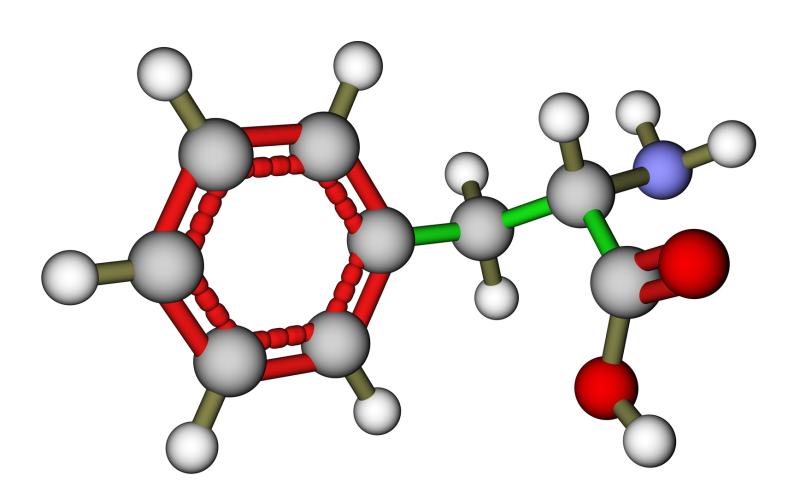
Immobilization or disuse of the forearm leads to impairment in the ability of a protein-rich meal to promote positive muscle amino acid balance, which is aggravated by dietary lipid oversupply, suggests a study. Disuse also lowers postprandial forearm amino acid uptake, but this is not exacerbated under high-fat conditions.
The authors recruited 20 men who underwent 7 days of forearm immobilization while consuming a eucaloric (CON; n=11) or high-fat overfeeding (HFD; n=9; 50-percent excess energy as fat) diet (parallel design) within the Nutritional Physiology Research Unit.
Forearm muscle cross-sectional area (aCSA) was measured pre- and postimmobilization as well as postabsorptive and postprandial (3-hour postingestion of a liquid, protein-rich, mixed meal) forearm amino acid metabolism using the arterialized venous-deep venous balance method and infusions of L-[ring-2H5]phenylalanine and L-[1-13C]leucine.
Immobilization had no impact on forearm muscle aCSA in either group but tended to evenly reduce postabsorptive phenylalanine (p=0.07) and leucine (p=0.05) net balances both in CON and HFD. Phenylalanine and leucine net balances switched from negative to positive after mixed-meal ingestion (p<0.05). Immobilization blunted this effect (p<0.05) and to a greater extent in HFD than CON (p<0.05).
Meal ingestion preimmobilization increased leucine rates of disappearance (Rd; p<0.05), with values peaking at 191 percent (from 87±38 to 254±60 60 µmol·min–1·100 mL forearm volume–1) in CON and 183 percent (from 141±24 to 339±51 µmol·min–1·100 mL–1) in HFD above postabsorptive rates. Postimmobilization, increases induced by meal ingestion were not evident in either group (p>0.05).
“Anabolic resistance is mechanistically implicated in muscle disuse atrophy,” the authors noted.